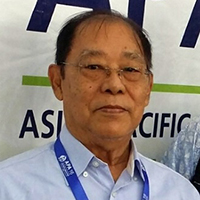Live colony of macroaggregates and bacteria suspended in the water column can increase survival, feed conversion

Biofloc is defined as a collection of macroaggregates – diatoms, macroalgae, fecal pellets, exoskeletons, remains of dead organisms, bacteria and invertebrates. It is a live colony of macroaggregates and bacteria suspended in the water column. Presently, studies by several major universities and private companies are using biofloc as a single-cell protein source for aquafeeds. According to some authors, biofloc’s crude protein content ranges 35.0 to 50.0 percent, and its crude lipids represent 0.6 to 12.0 percent of volume.
Biofloc systems offer stable and sustainable production, as they support self-nitrification within fish or shrimp culture ponds with zero water exchange. In biofloc systems, algae develop first, followed by a transition with foam formation, then brown biofloc develops. This can take a few weeks, depending on the culture biomass in pond water. Transitioning is fast with tilapia, but takes longer with shrimp.
Biofloc technology
Biofloc technology for commercial-scale shrimp culture in large ponds is simple, yet in a way complex. Basic conventional procedures need to be followed, in conjunction with the biofloc technology methods. Procedures must be adjusted relative to changes in the culture water environment and shrimp behavior, such as health and growth.
To achieve best results, only specific pathogen-free postlarvae should be stocked. Once ponds are stocked, a major factor to control is biofloc volume. Using Imhoff cones for assessment, biofloc volumes need to be maintained below 10 mL/L for full biofloc and 5 mL/L for semi-biofloc systems. Green or brown water is acceptable, but black water is an indicator of abnormal conditions.
Grain pellets and molasses supply carbon as needed. Generally, grain applications vary from 15 to 20 percent of the total feed used during operations in early culture stages and increases to 25 to 50 percent near harvest, depending on the system applied, either full or semi-biofloc.
Aerators help suspend the bioflocs in the pond water – a main requirement for maximizing the potential of microbial processes in shrimp culture ponds. Dissolved-oxygen concentrations need to be monitored frequently to keep levels higher than 4 mg/L. Especially in biofloc systems, aerators need to be constantly monitored for malfunctions and repaired or replaced without delay, as the aerators need to operate at least 22 hours a day. The suspended biofloc must be readily available as feed for shrimp.
Pelleted grain, a mixture of ground wheat, corn and soy with a protein level between 14 and 18 percent, and molasses are used to sustain carbon:nitrogen (C:N) ratios above 15. Water stability of pelleted grain needs to be between 15 and 20 minutes. This provides an inexpensive organic substrate on which bioflocs can develop, in addition to increasing C:N ratio. Shrimp feed could be high in protein (35 to 40 percent) or low in protein (29 to 30 percent). Molasses can be applied two or three times weekly at 15 to 20 kg per hectare (ha).
The advantages of better yield, survival and feed conversion for Penaeus semisulcatus shrimp using grain pellets with wheat flour as a carbon source were proven in 2010 research by Mohamed Megahed. In addition to typical chemicals such as dolomite and lime, kaolin applied at 50-100 kg/ha is required in the preparation of pond water and during operation. Kaolin particles suspended in pond water are thought to become the nucleus of the biofloc community in pond water.
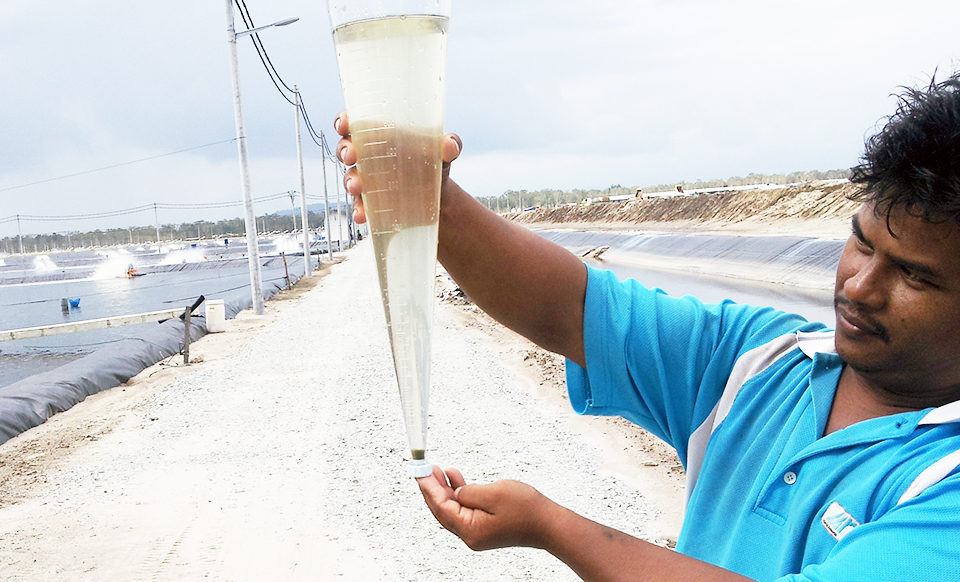
Environmental control
Paddlewheel aerators need to be positioned correctly to accumulate sludge in the centers of ponds, continuously suspend biofloc in pond water and maintain high dissolved-oxygen levels. Energy input related to the horsepower of the aerators must be correlated to stocking density.
Accumulated sludge needs to be drained out periodically. Limit water exchange to only topping up when required. Generally, in pond water with salinity of 20 to 30 ppt and temperature between 25 and 30 degrees-C, dissolved-oxygen and pH levels will be stable, but alkalinity will decrease, which needs to be controlled. Levels of total ammonia nitrogen and nitrate will be higher than in conventional systems.
Performance in biofloc systems
Biofloc technology has been successfully applied commercially with Litopenaeus vannamei shrimp in Belize by Belize Aquaculture. It also has been used with success in Indonesia, achieving shrimp production of nearly 50 metric tons (MT)/ha in small research ponds and over 20 MT/ha from commercial ponds, with feed-conversion ratios between 0.98 and 1.30.
A combination of two technologies, partial harvesting and biofloc, has been studied by the author in northern Sumatra, Indonesia. Production performance in the combination system was higher than expected. One 2,500-square-foot pond produced 12.37 MT (49.48 MT/ha) through six partial harvests with a feed-conversion ratio of 1.11. The technology was successfully commercialized in Malaysia using a semi-biofloc system with average production of 15.00 MT/ha. One advantage in marketing the shrimp cultured in biofloc systems is their dark color at harvest, which turns red when the shrimp are cooked.
Enhanced biosecurity
With emerging viral problems and rising costs for energy, biosecurity with biofloc technology appears to be an answer for sustainable production. Large shrimp farms that initiated biofloc technology in Sumatra, Indonesia, from late 2002 to 2007 did not experience white spot syndrome outbreaks.
As at other farms in the vicinity, Arca Biru shrimp farm (Blue Archipelago Berhad) was faced with serious impacts from white spot syndrome virus (WSSV) before a redesign. Although viral incidents were common in the vicinity, the operation was a success without viral outbreaks during the cycle with a biosecure biofloc system.
A large-scale integrated shrimp aquaculture project was started by Blue Archipelago Berhad in 2009 with a goal to complete 600 ponds and reservoirs for raising Pacific white shrimp (Litopenaeus vannamei) on 1,000 ha of land at Setiu in the state of Terengganu, northeast of Kuala Lumpur, Malaysia.
The first stocking was initiated in October 2011. A total of 144 ponds were in operation in mid-November 2012. No incidents of white spot syndrome or early mortality syndrome has been reported at the facility.
Other attributes
Other reports have also shown the effects of biofloc production. A small, family-owned shrimp farm located in Bali at Kubu, for example, raises specific pathogen-free L. vannamei in ponds that apply basic biofloc technology with zero water exchange. Ample aeration and well-controlled dissolved-oxygen concentrations maintain good water quality in the culture environment. The farm has consistently produced 45-55 mt/cycle since 2009 without white spot or infectious myonecrosis outbreaks.
In 2013, Su-Kyoung Kim and co-workers studied the effects of biofloc on the growth and immune activity of L. vannamaei postlarvae. They found that the dense microbial population associated with the bioflocs induced a permanent trigger for the development and maintenance of the shrimp immune systems.
Recent studies by In-Kwon Jang found more than 2,000 bacterial species in well-developed biofloc water. Based on mRNA expression of six immune-related genes, bioflocs may enhance immune activity.
At a December 2013 workshop on biofloc technology and shrimp diseases conducted in Ho Chi Min City, Vietnam, Julie Eskahari reported the application of biofloc technology brought about beneficial effects in disease control and management in shrimp culture. Wilson Wasielesky and co-workers showed that biofloc and biosecurity were successful in preventing WSSV in southern Brazil. The author also described applications of biofloc system as biosecurity in preventing diseases in shrimp culture (Table 1).
Taw, Characteristics of biofloc systems. Table 1
| Biofloc Practice, Attribute | Production Benefit |
|---|
Biofloc Practice, Attribute | Production Benefit |
|---|---|
| Minimize water exchange, topping up only for water lost due to siphoning and evaporation | Lowers risk of virus entering culture ponds through water source |
| Use treated water from reservoirs only | Lowers risk of virus entering culture ponds through water source |
| Aerate consistently in accordance with pond carrying capacity to keep biofloc suspended in pond water | table dissolved-oxygen concentrations support shrimp health |
| Maintain consistent biofloc rather than managing algae blooms, as biofloc organisms do not | Stable environment lowers stress for shrimp |
| Maintain stable dissolved-oxygen and pH levels in culture environment | Stable environment lowers stress for shrimp |
| Biofloc provides extra natural live feed | Additional nutritious feed can reduce feed costs |
| Biofloc water can contain thousands of bacteria species | Bacteria provide possible probiotic affect |
| Biofloc contains six immune-related genes | May enhance immune activity in shrimp |
(Editor’s Note: This article was originally published in the January/February 2015 print edition of the Global Aquaculture Advocate.)
Now that you've reached the end of the article ...
… please consider supporting GSA’s mission to advance responsible seafood practices through education, advocacy and third-party assurances. The Advocate aims to document the evolution of responsible seafood practices and share the expansive knowledge of our vast network of contributors.
By becoming a Global Seafood Alliance member, you’re ensuring that all of the pre-competitive work we do through member benefits, resources and events can continue. Individual membership costs just $50 a year.
Not a GSA member? Join us.
Author
Tagged With
Related Posts
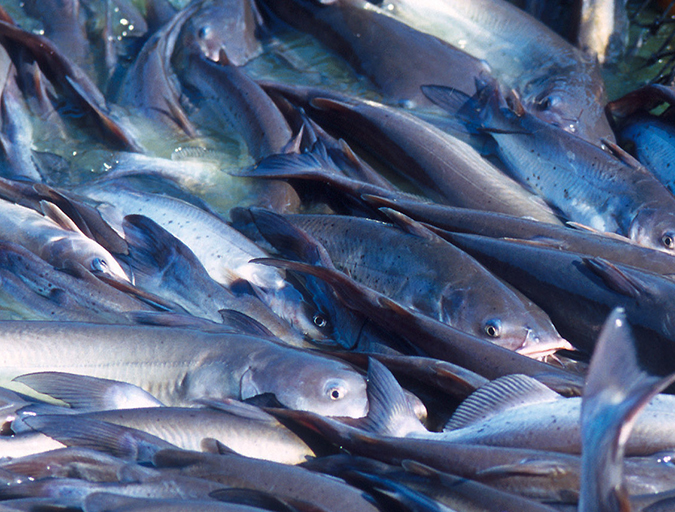
Intelligence
Biofloc technology production promising in temperate zones
A study was conducted to assess the feasibility to grow Channel catfish (Ictalurus punctatus) in an outdoor biofloc system during winter in a temperate zone. High biomasses of market-size channel catfish were successfully maintained through the winter with high survival and in good condition in both treatments.
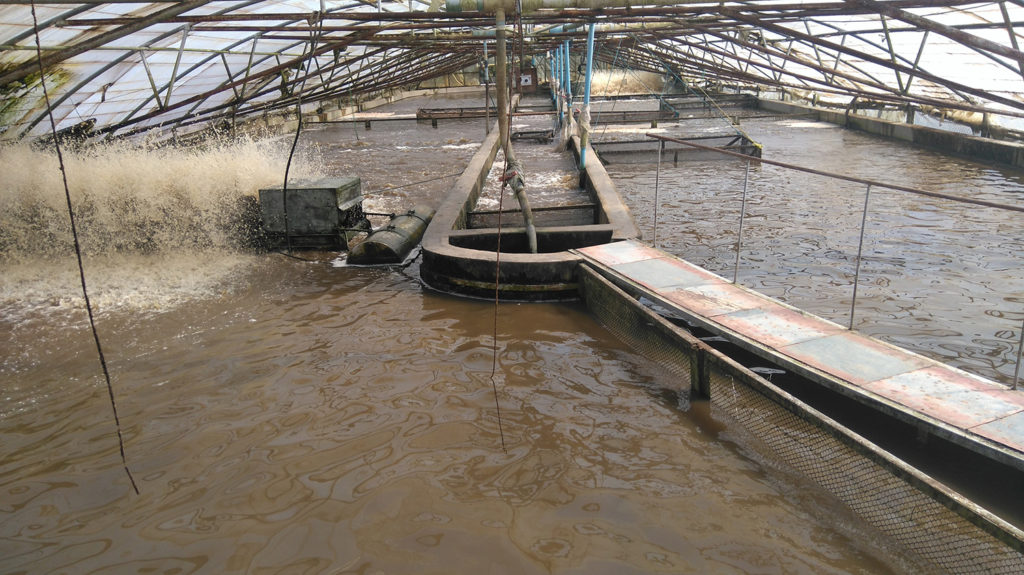
Responsibility
Optimizing tilapia biofloc technology systems, part 1
Chambo Fisheries, the world’s largest tilapia biofloc tank farm and the largest tank farm in Africa, has a multi-cohort, sequential, continuous production schedule.
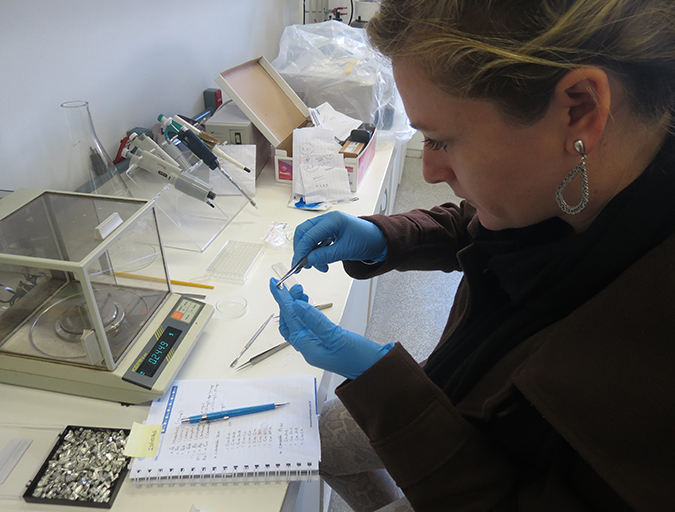
Aquafeeds
Biofloc consumption by Pacific white shrimp postlarvae
The stable isotopes technique with δ13C and δ15N can be used to determine the relevance of different food sources to shrimp feeding during the pre-nursery phase of Litopenaeus vannamei culture. During this trial, different types of commercial feed, microalgae, Artemia sp. nauplii and bioflocs were used as food sources.
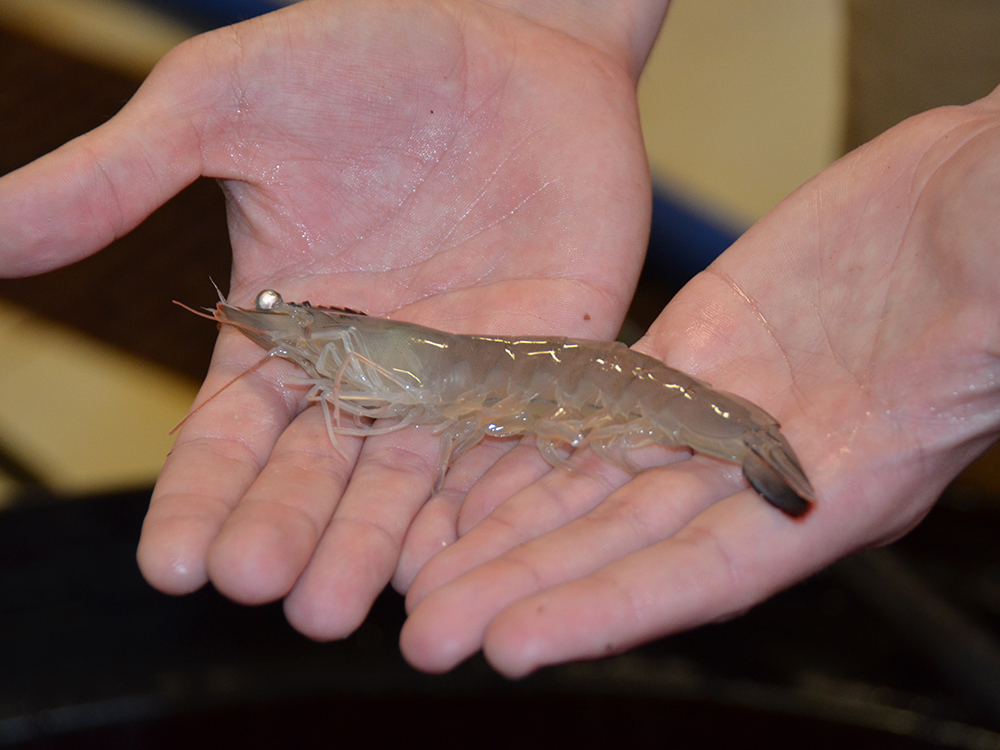
Aquafeeds
Biofloc and clear-water RAS systems: a comparison
This study compared two types of indoor, shrimp culture systems: clear-water RAS and biofloc systems. Clearwater RAS had the edge in water quality, but shrimp in the biofloc treatment had a higher feed conversion ratio.



